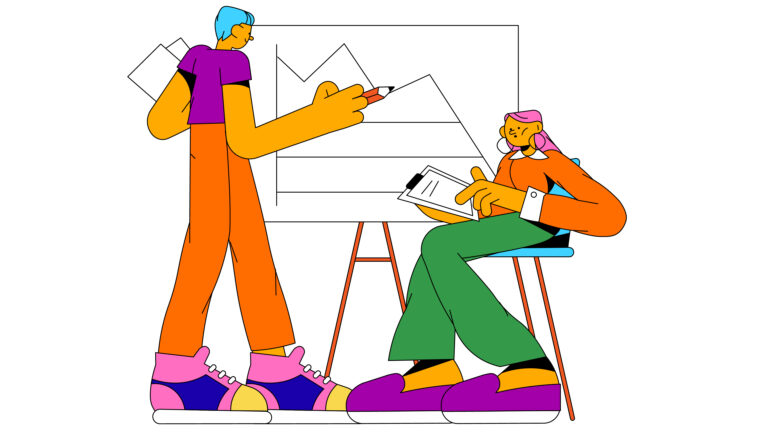It’s no secret that online learning has become increasingly popular in recent years. Online learning has become the new normal since the COVID-19 pandemic struck, and it has been both an exciting and challenging experience for both teachers and students.
With the rise of technology, it’s easier than ever to get a quality education from the comfort of your own home. But what is online learning really like?
While online learning offers numerous benefits such as convenience, flexibility, and accessibility, it also comes with its own set of challenges that affect the expectations of both teachers and students.
In this blog post, we will explore the expectations vs. reality of online learning for both teachers and students.
Expectations vs. Reality for Teachers
Expectation: More Control Over the Learning Process
One of the expectations of online learning for teachers is that they will have more control over the learning process. With online tools such as learning management systems (LMS), teachers can track student progress, assign work, and provide feedback in real time.
Reality: Increased Responsibility
In reality, online learning requires more responsibility from teachers. They must ensure that all students have equal access to the course materials, manage student engagement, and ensure that all students are meeting the course requirements.
With online learning, teachers are not able to physically monitor their students, making it harder to ensure they are engaged and motivated.
Expectation: Increased Flexibility
Another expectation for teachers in online learning is increased flexibility. Teachers can create a more flexible schedule for their students, allowing them to learn at their own pace and access the course materials from anywhere.
Reality: Increased Workload
The reality is that online learning often results in an increased workload for teachers. Creating and managing online content is time consuming and requires more effort than traditional teaching methods.
Teachers need to constantly monitor and adapt to their students’ needs, which can be challenging when they are not in the same physical location.
Expectation: More Opportunities for Personalised Learning
Online learning also offers teachers the opportunity to provide personalised learning experiences for their students. With online tools, teachers can easily create and share customised content that meets the specific needs of each student.
Reality: Technological Challenges
However, the reality is that not all students have access to the necessary technology to engage in online learning. This makes it difficult for teachers to provide personalised learning experiences for all students.
Expectations vs. Reality for Students
Expectation: Increased Flexibility
Students expect online learning to offer more flexibility in their schedules. They can learn at their own pace and access the course materials from anywhere at any time.
Reality: Increased Responsibility
The reality is that online learning requires more responsibility from students. They must manage their time effectively, participate actively in discussions, and meet course requirements independently. This can be challenging for students who are used to a more structured learning environment.
Expectation: More Interaction and Engagement
Online learning offers the expectation of more interaction and engagement between students and their peers and teachers. With online tools such as discussion boards, video conferencing, and virtual classrooms, students can interact with their peers and teachers in real time.
Reality: Technological Challenges
However, the reality is that not all students have access to the necessary technology to engage in online learning. This makes it difficult for students to interact with their peers and teachers, resulting in a lack of engagement and motivation.
Expectation: More Self-Paced Learning
Online learning offers the expectation of more self-paced learning, which allows students to learn at their own pace and engage with the course materials as needed.
Reality: Increased Self-Motivation
The reality is that online learning requires more self-motivation from students.
They must take responsibility for their learning, manage their time effectively, and stay motivated to complete the course requirements. This can be challenging for students who are used to a more structured learning environment.
Conclusion
Online learning has become a crucial part of the education system, but it also comes with its own set of challenges. While it offers benefits such as convenience, flexibility, personalised learning experiences, and increased interaction between students and teachers, there are also challenges such as technological constraints, increased workloads for teachers, and the need for more self-motivation from students.
Ultimately, online learning is an effective way to provide educational opportunities to a wide range of students but it requires educators to be aware of its potential challenges and be prepared to support their students in overcoming them.
This will help ensure that students can make the most of their online learning experience.
If you’d like to know more, you can read more blogs here or contact us today.





1 thought on “Online Learning: Expectations vs Reality”
In reality, online learning requires more responsibility from teachers. They must ensure that all students have equal access to the course materials, manage student engagement, and ensure that all students are meeting the course requirements.